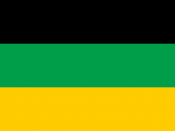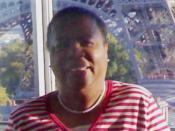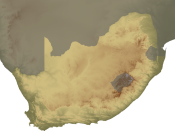The impact of world war two on South Africa
The outbreak of World War II in 1939 proved a divisive factor in the white community who were split by 3 leaders. Smuts favoured entry into the war on the side of the British. Hertzog supported neutrality. Many of Malan's supporters wanted to enter the war on Germany's side. German National Socialism, with its emphasis on the racial superiority of German people, its anti-Semitism, and its use of state socialism to benefit the "master race," had gained many Afrikaner admirers in the 1930s. A neo-Nazi Greyshirt organization had been formed in 1933 that drew increasing support, especially among rural Afrikaners, in the late 1930s. In 1938 Afrikaners participating in the commemoration of the Great Trek which had established the Ossewabrandwag (Oxwagon Sentinel) as a paramilitary organization aimed at inculcating a "love for fatherland" and at instituting, by armed force if necessary, an Afrikaner-controlled republic in South Africa.
By the end of the decade, the Ossewabrandwag claimed a membership of 250,000 out of a total Afrikaner population of a little more than 1 million. Oswald Pirow, Hertzog's minister of defence until the end of 1939, formed a movement within the National Party called the New Order, a fascist program for remaking South African society along Nazi lines. Smuts prevailed, however, winning the support of a majority of the cabinet and becoming prime minister. Hertzog resigned and joined with Malan in forming the Herenigde (Reunited) National Party (HNP). South Africa sent troops to fight on the British side in North Africa and in Europe. In South Africa, several thousand members of the Ossewabrandwag, including a future prime minister, John Vorster, were interned for antiwar activities.
Economically and socially, the war had a great or intense effect. While gold continued to be the most...


